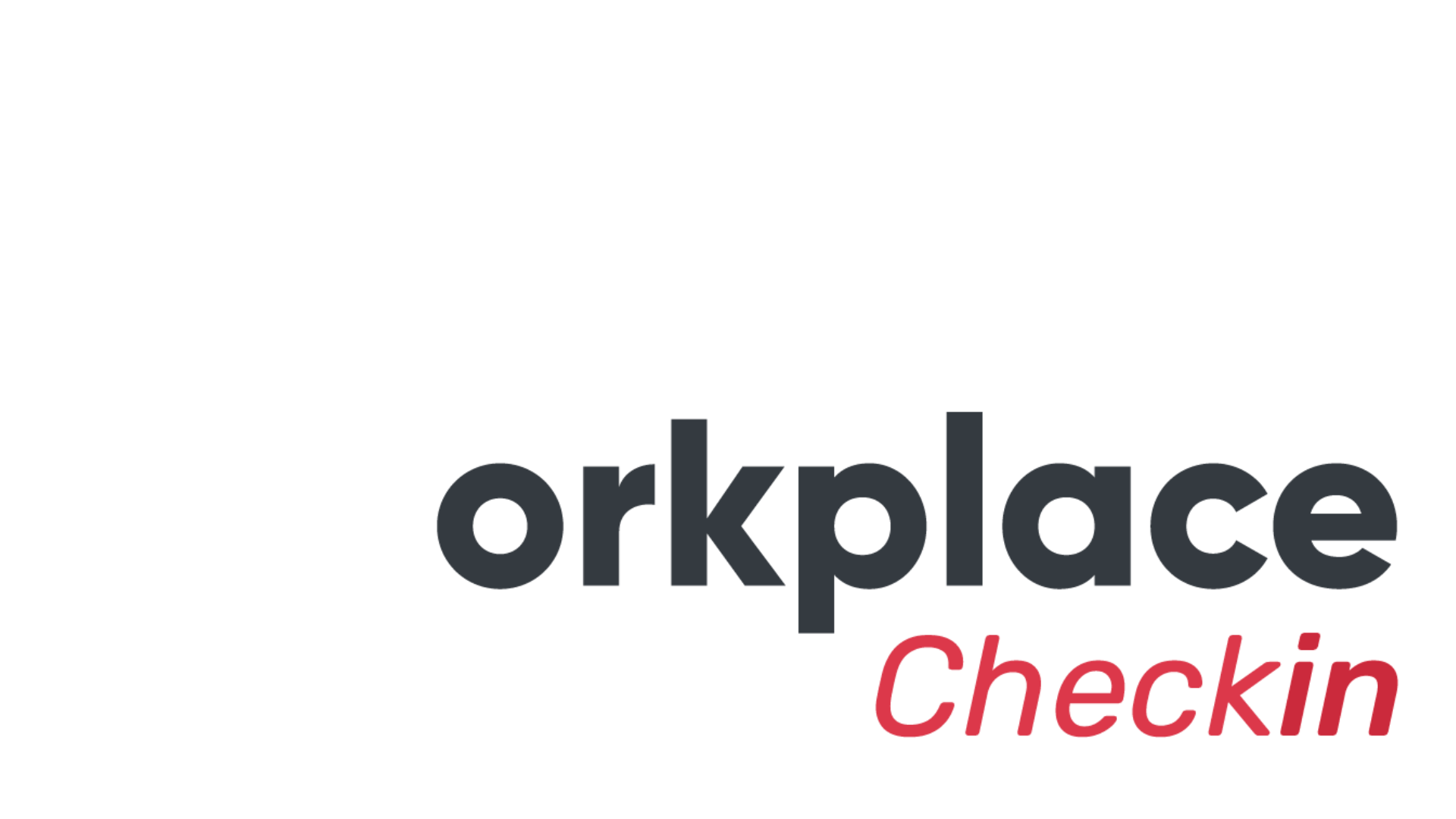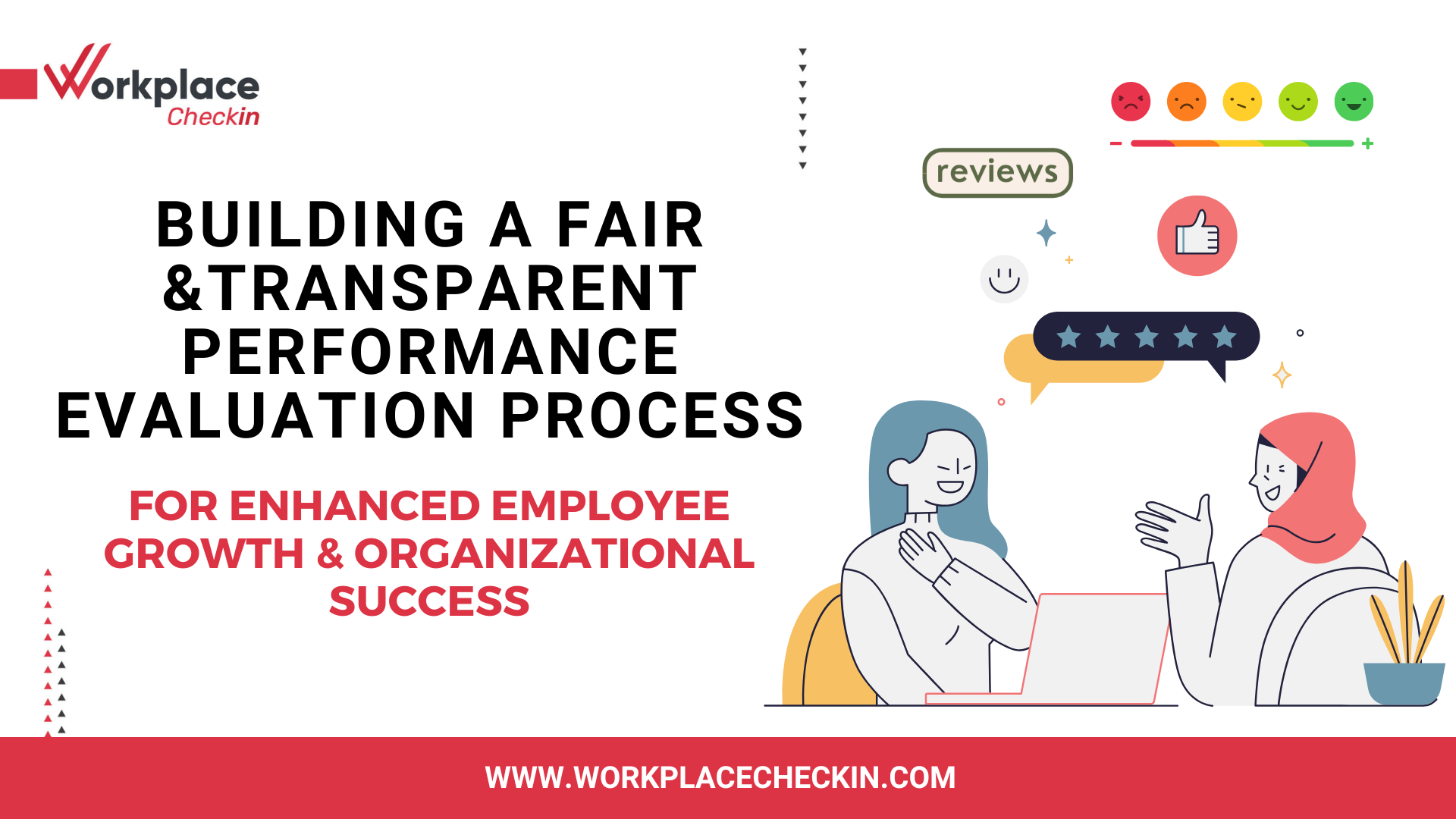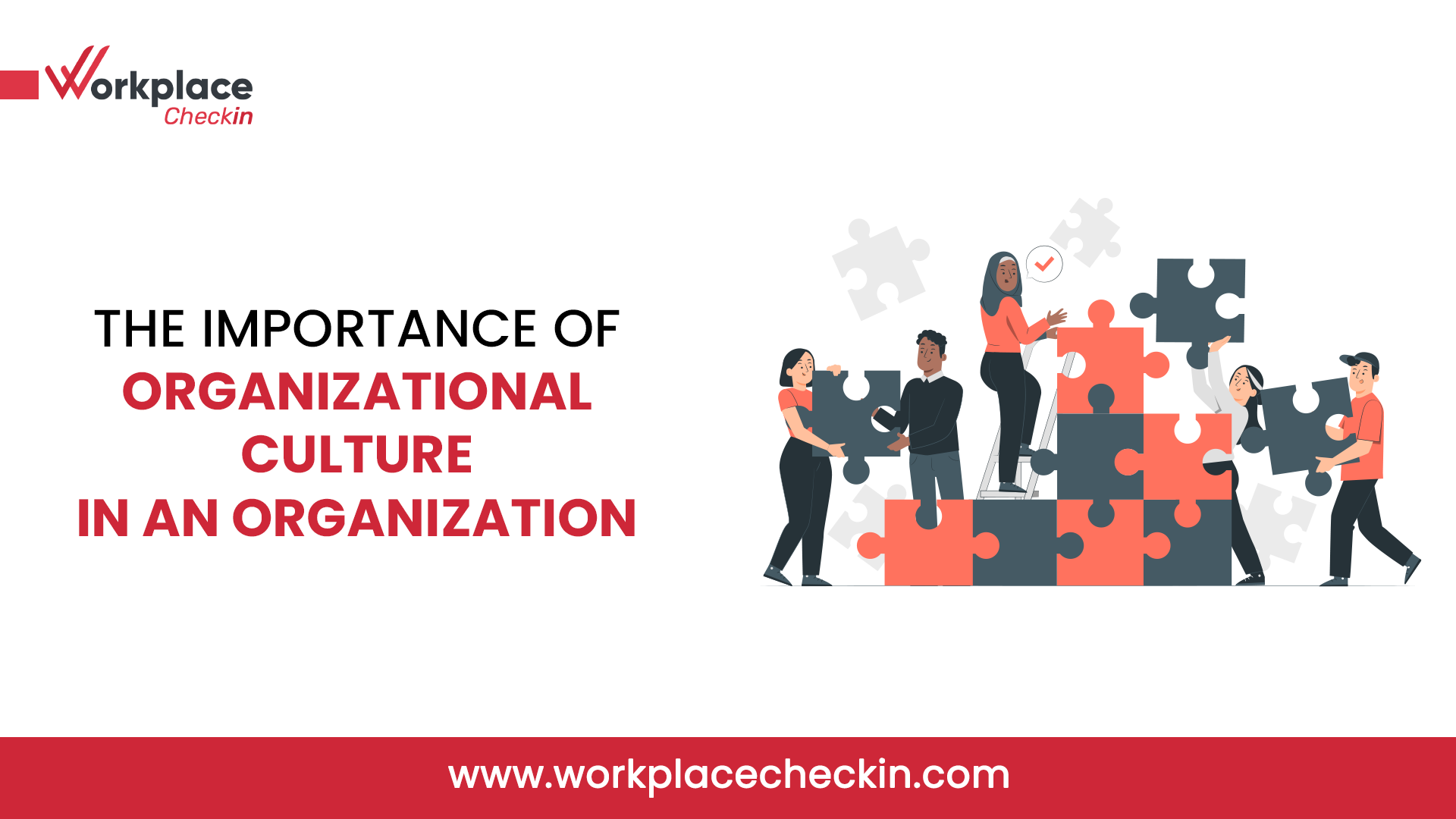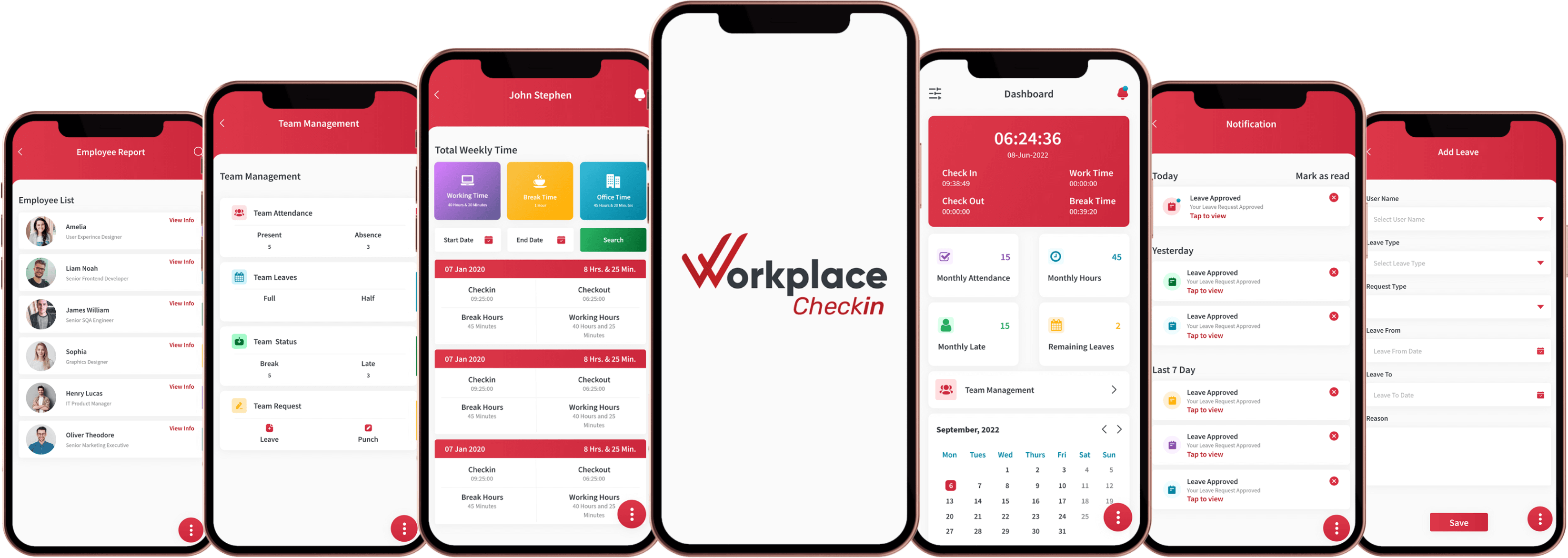

The Role of HRIS Strategy in Modern HR Management
In the fast-paced world of modern HR management, Human Resource Information Systems (HRIS) have become indispensable tools. They not only streamline HR processes but also play a crucial role in aligning HR strategies with an organization's overall goals. In this blog, we'll explore the importance of HRIS strategy in contemporary HR management and delve into how it can drive organizational success.
Understanding HRIS Strategy
HRIS (Human Resource Information System) strategy is a critical component of modern HR management. It involves developing a well-thought-out approach to using technology and software solutions to streamline HR processes, support HR objectives, and ultimately contribute to the achievement of an organization's broader goals. To grasp the concept of HRIS strategy, it's essential to explore the key elements that make up this strategy:
What Is HRIS Strategy?
HRIS strategy is a structured plan that outlines how an organization intends to use HRIS technology to enhance HR operations, address workforce challenges, and align HR practices with broader business goals. It's essentially a roadmap that guides HR professionals and IT teams in the selection, implementation, and ongoing management of HRIS systems.
The Link Between HRIS Strategy and Organizational Goals
One of the core principles of HRIS strategy is its alignment with the organization's strategic objectives. To understand this link:
Efficiency
HRIS systems are designed to streamline HR processes, from recruitment and onboarding to performance management and payroll. The strategy should ensure that these processes are executed efficiently to free up HR professionals' time for strategic initiatives.
Compliance:
Compliance with labor laws, industry regulations, and data security standards is essential. HRIS strategies should be designed to maintain compliance and minimize legal risks.
Talent Management:
Effective HRIS strategies focus on talent acquisition, retention, and development, ensuring that the organization has the right talent in the right roles to achieve its goals.
Data Management:
HRIS systems are data-rich, and strategies should outline how to collect, manage, and analyze this data to drive informed decision-making.
The Significance of Strategic Planning
Strategic planning is at the core of HRIS strategy development. This involves:
Needs Assessment:
Identifying the specific HR needs and challenges within the organization and how technology can address these issues.
Goal Setting:
Defining clear, measurable HR objectives that the HRIS strategy will support.
Technology Selection:
Selecting the right HRIS software that aligns with the organization's needs and goals. This process involves assessing available options, considering budget constraints, and understanding the software's capabilities.
Customization:
Tailoring the chosen HRIS system to meet the unique requirements of the organization. This often involves configuring the system to match the organization's workflows and data needs.
Change Management:
Preparing the workforce for the implementation of HRIS, addressing resistance to change, and ensuring a smooth transition.
The Evolving Role of HRIS Strategy
The role of HRIS strategy has evolved significantly in recent years. It's no longer just about automating administrative tasks; it has become a strategic enabler for HR and the organization as a whole. Key aspects of this evolution include:
Data-Driven Decision-Making:
HRIS systems provide valuable data for HR professionals to make data-driven decisions related to workforce planning, employee engagement, and talent development.
Employee Experience:
Modern HRIS strategies also focus on improving the employee experience. They use HR technology to create self-service portals, offer mobile access, and simplify HR interactions for employees.
Integration:
HRIS systems increasingly need to integrate with other business systems, such as accounting, sales, and customer relationship management. This integration enables better coordination and data sharing across the organization.
Continuous Improvement:
HRIS strategies should not be static. They require ongoing evaluation and adjustment to ensure they remain aligned with evolving organizational goals and technological advancements.
Understanding HRIS strategy is crucial for HR professionals and organizational leaders as it underlines the importance of a well-defined plan for leveraging HR technology effectively. A well-crafted HRIS strategy not only enhances HR efficiency but also helps the organization remain competitive and agile in the ever-changing business landscape.
Aligning HRIS with Organizational Goals
In today's dynamic business environment, organizations strive to remain competitive and agile. A well-executed HRIS strategy that aligns with organizational goals is a key driver of success. This alignment ensures that HR practices and technology support the overarching mission and objectives of the organization. Let's explore the various aspects of aligning HRIS with organizational goals:
1. Strategic HRIS Objectives
To align your HRIS with organizational goals, the first step is to define specific HRIS objectives that support those goals. These objectives should be SMART (Specific, Measurable, Achievable, Relevant, and Time-bound) and should encompass a range of strategic areas:
Talent Acquisition:
Streamlining recruitment processes to attract top talent that matches the company's strategic workforce needs.
Employee Development:
Implementing training and development programs to nurture skills and competencies that align with the organization's growth plans.
Performance Management:
Utilizing the HRIS for setting performance expectations, tracking progress, and conducting performance reviews that connect with the organizational mission.
Succession Planning:
Identifying and developing future leaders within the organization to ensure a sustainable talent pipeline.
Employee Engagement:
Measuring and improving employee satisfaction and engagement to drive productivity and retention rates.
Cost Control:
Leveraging HRIS data for cost analysis and control, optimizing HR spending while maintaining workforce quality.
2. Integration with Organizational Strategy
A successful HRIS strategy should integrate seamlessly with the overall organizational strategy. This means HR leaders and IT teams must work together to ensure that the HRIS system supports the organization's objectives. Key considerations include:
Strategic Alignment:
Review the organization's strategic plan and identify the HR areas where the HRIS can play a role in achieving these objectives.
Technology Integration:
Ensure that the HRIS system is compatible with other technologies in use within the organization, including finance, operations, and customer relationship management systems.
Data Sharing
Establish data-sharing protocols that allow relevant HR data to be accessed and utilized by other departments for better decision-making.
Cross-Functional Collaboration:
Encourage collaboration between HR and other departments to ensure that HRIS-driven initiatives are carried out in a coordinated manner.
3. Key Performance Indicators (KPIs)
Measuring progress is crucial in aligning HRIS with organizational goals. Develop and track key performance indicators (KPIs) that are directly tied to both HR and organizational objectives. These KPIs may include:
Time-to-Hire: To assess the efficiency of the recruitment process.
Turnover Rate: To evaluate employee retention efforts.
Training ROI: To measure the effectiveness of employee development programs.
Performance Ratings: To gauge the success of performance management initiatives.
Employee Satisfaction Scores: To monitor employee engagement efforts.
Cost per Hire: To assess the efficiency of recruitment and onboarding.
4. Flexibility and Adaptability
Organizational goals may change over time due to shifts in the business environment or internal factors. Your HRIS strategy should be flexible and adaptable to accommodate these changes. Consider:
Periodic Review:
Regularly review and update HRIS objectives and systems to ensure they remain aligned with the evolving organizational goals.
Scalability:
Choose an HRIS system that can scale and adapt to meet changing requirements.
Change Management:
Implement change management processes to smoothly transition the workforce when new strategic objectives are introduced.
5. Continuous Monitoring and Improvement
Aligning HRIS with organizational goals is an ongoing process. Continuous monitoring and improvement are essential. This involves:
Data Analytics:
Regularly analyze HRIS data to assess the impact of HR initiatives on organizational goals.
Feedback Mechanisms:
Solicit feedback from employees and other stakeholders to identify areas of improvement.
Benchmarking:
Compare your organization's HR metrics and practices with industry benchmarks and best practices to identify areas for innovation.
By aligning HRIS with organizational goals, you not only enhance HR efficiency but also contribute to the organization's overall success. A well-aligned HRIS strategy ensures that HR activities are purposeful, data-driven, and supportive of the broader mission, helping the organization remain competitive and adaptable in a rapidly changing business landscape.

Key Components of Effective HRIS Strategy
Creating an effective HRIS (Human Resource Information System) strategy is a complex process that involves several critical components. Each of these components plays a pivotal role in ensuring that your HRIS system aligns seamlessly with your organization's HR and business objectives. Here's an in-depth look at these key components:
1. Setting Clear HR and Organizational Objectives
At the heart of any successful HRIS strategy is a clear and well-defined set of HR and organizational objectives. These objectives serve as the foundation for the entire strategy and guide decision-making throughout the implementation process. Without clearly defined objectives, it's challenging to determine which features and functionalities your HRIS system should have or how it will contribute to the organization's success. Your objectives should encompass areas such as:
Efficiency: Streamlining HR processes to reduce manual work and paperwork.
Compliance: Ensuring HR practices align with legal and regulatory requirements.
Talent Management: Attracting, retaining, and developing top talent.
Data Management: Maintaining accurate and secure employee data.
2. Selecting the Right HRIS System
Choosing the right HRIS system is a critical decision, as it serves as the technological backbone of your HRIS strategy. Consider the following factors when selecting an HRIS system:
Scalability: Ensure that the system can grow with your organization's needs. It should be able to accommodate future expansions and changes.
User-Friendliness: The system should be intuitive and user-friendly for both HR professionals and employees who will use it.
Integration Capabilities: Look for a system that can seamlessly integrate with other software and tools your organization uses, such as payroll, time tracking, and recruitment software.
Data Security: Security should be a top priority. The system should offer robust data encryption, access controls, and compliance with data protection regulations.
3. Customization and Configuration
One size does not fit all when it comes to HRIS systems. To ensure your HRIS aligns with your unique organizational needs, customization and configuration are essential. This involves tailoring the system to meet your specific requirements. Consider:
Data Fields: Customize the data fields to capture the information that is most relevant to your organization, ensuring that you can collect and analyze data specific to your needs.
Workflows: Configure the system to match your HR processes, including approvals, notifications, and routing.
Reporting: Create custom reports and dashboards to gain insights into your HR data and measure progress toward your objectives.
User Access: Define user roles and permissions to control who can access and modify different parts of the system.
4. Data Management and Analytics
Data is a valuable asset in HR management. An effective HRIS strategy includes a plan for collecting, managing, and analyzing data to inform decision-making. To achieve this, consider:
Data Capture: Ensure that your HRIS system captures relevant data accurately and consistently. Implement data quality checks to maintain data integrity.
Analytics Tools: Utilize the system's built-in analytics tools or integrate with third-party analytics solutions to derive insights from your HR data.
Benchmarking: Compare your HR metrics with industry benchmarks to identify areas for improvement and innovation.
Predictive Analytics: Use historical data to make data-driven predictions about future HR needs and trends.
5. Change Management and Training
An often overlooked but crucial component of a successful HRIS strategy is change management and training. HRIS implementation requires employees to adapt to new processes and technologies. Key considerations include:
Communication:
Develop a comprehensive communication plan to inform employees about the changes, benefits, and timelines associated with HRIS implementation.
Training Programs:
Provide training sessions and resources to help employees and HR professionals become proficient in using the new system.
Feedback Mechanisms:
Establish feedback channels to gather input from users and address concerns or issues promptly.
By focusing on these key components, your HRIS strategy will not only support your HR and organizational objectives but also enhance the overall efficiency, effectiveness, and success of your HR management processes. Each component is interconnected, and their proper alignment is essential to achieving the desired outcomes from your HRIS strategy.
Best Practices for HRIS Strategy
Involving Key Stakeholders:
Engage HR professionals, IT teams, and other relevant stakeholders in the strategy development process. Collaboration ensures that the strategy addresses the unique needs and goals of different departments within the organization.
Clearly Defined HR Objectives:
Start by defining clear and measurable HR objectives that the HRIS strategy aims to support. These objectives serve as a roadmap for the implementation process, guiding technology selection and customization.
Selecting the Right HRIS System:
Carefully evaluate HRIS software options to ensure they align with the organization's specific requirements. Consider scalability, user-friendliness, integration capabilities, data security, and vendor reputation when making your choice.
Customization and Configuration:
Tailor the HRIS system to match the organization's unique HR processes and data requirements. Configuration should optimize workflow and data management while ensuring the system adapts to changing needs.
Data Management and Security:
Implement robust data management practices to maintain data accuracy and integrity. Ensure data security measures, such as encryption and access controls, are in place to protect sensitive information.
Change Management:
Develop a comprehensive change management plan to ease the transition for employees. Communicate the benefits of the HRIS system, offer training and support, and address concerns and resistance to change.
Regular Assessment and Adaptation:
HRIS strategies should be dynamic and adaptable. Regularly assess the strategy's effectiveness and make necessary adjustments as the organization's goals and HR needs evolve.
Data-Driven Decision-Making:
Leverage the data collected by the HRIS system for informed decision-making. Use analytics and reporting tools to gain insights into HR performance, trends, and areas for improvement.
Compliance and Regulatory Awareness:
Stay informed about labor laws, industry regulations, and data protection requirements. Ensure that the HRIS system and strategy comply with these standards to mitigate legal risks.
Invest in Ongoing Training and Development:
Continuous training is essential to keep HR professionals and employees up to date with the HRIS system. Regular training and development programs ensure that the system is used to its full potential.
User Feedback and Support:
Establish channels for users to provide feedback on the HRIS system. Encourage a culture of continuous improvement and address issues or suggestions promptly.
Benchmarking and Best Practices:
Compare your HRIS strategy and performance against industry benchmarks and best practices. Identify opportunities for innovation and optimization based on industry standards.
Budget Management:
Carefully manage the budget for HRIS implementation and maintenance. Allocate resources effectively to ensure the ongoing success of the strategy.
Executive Sponsorship:
Secure the support and buy-in of senior executives and decision-makers in the organization. Their endorsement can ensure the HRIS strategy aligns with broader organizational goals.
Regular Communication:
Maintain open and transparent communication throughout the HRIS strategy implementation. Share updates, successes, and challenges with stakeholders to keep everyone informed and engaged.
Conclusion
In today's HR landscape, HRIS strategy is not just a technological consideration; it's a strategic necessity. Organizations that invest in effective HRIS planning and implementation are better positioned to achieve their HR and business objectives. By aligning HRIS with organizational goals, customizing systems, and investing in data analytics and employee training, HR professionals can drive transformative change and enhance the overall success of their organizations.
The success stories of Company X and Company Y demonstrate that HRIS strategy is not just a theoretical concept but a real-world solution that can lead to remarkable results. With careful planning and commitment to best practices, HR professionals can harness the power of HRIS to revolutionize HR management and drive their organizations forward.






